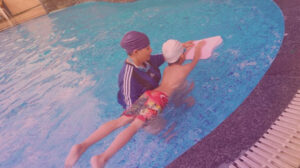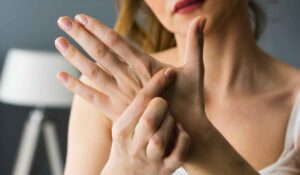HEELPAIN IN SCHOOL GOING CHILDERN
Kids undergoing growth spurts are especially susceptible to heel pain starting at age 8 until around age 13 for girls and age 15 for boys. Heel pain is a symptom and not a disease; it is an indicator that there is a condition present that requires medical attention. Heel pain in kids is usually different from the most common type of heel pain that adults experience. Adult heel pain typically goes away, or at least improves somewhat after a period of walking, whereas heel pain in kids doesn’t generally improve this way, and conversely in most cases, walking or physical activity actually makes it worse. The source of the pain is usually the growth plate of the heel bone, a strip of soft tissue where new bone is forming to accommodate adolescents’ lengthening feet. Overuse, repeated pounding, or excessive force on the Achilles tendon can cause inflammation and pain. Left untreated, heel pain can lead to difficulty in walking that will require complicated therapy.
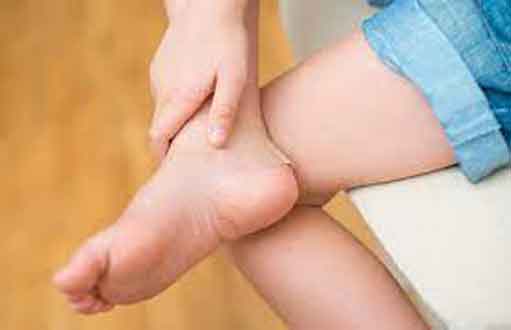
What causes heel pain in kids?
There are a number of conditions that can cause heel pain in kids. Quite often, the cause of heel pain in kids is the result of an overuse syndrome, affecting the heel bone (calcaneal apophysis) or the associated structures, known as Sever’s disease (calcaneal apophysitis). At the back of the heel bone on each foot, there is an area- referred to as a growth plate- where the Achilles tendon and the plantar fascia attach. This is called the calcaneal apophysis, and usually first appears in kids aged between 7 and 8 years old. By the age of about 14, the growth plate matures from being cartilaginous, into bone. Sever’s disease is the most common problem affecting 8-14 year olds, however bursitis, juvenile rheumatoid arthritis, Achilles tendonitis, plantar fasciitis and fractures are not entirely uncommon in growing children.
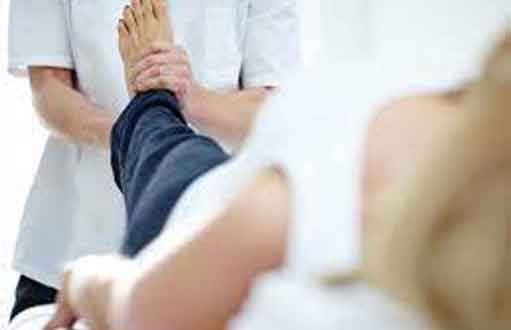
Sever’s disease is a painful condition of the heel that occurs in growing children. It happens when the tendon that attaches to the back of the heel (the Achilles tendon) pulls on the growth plate (the apophysis) of the bone of the heel (the calcaneus). The repeated stress on the growth plate causes pain and inflammation at that site.
It most commonly occurs in physically active children between the ages of 8 and 14 years of age. This pain is often worsened by physical activity or when Achilles tendons are tight.
Pain can also be worse during a “growth spurt,” when the bones grow faster than the tendons. This increases the pull of the tendon on the heel.
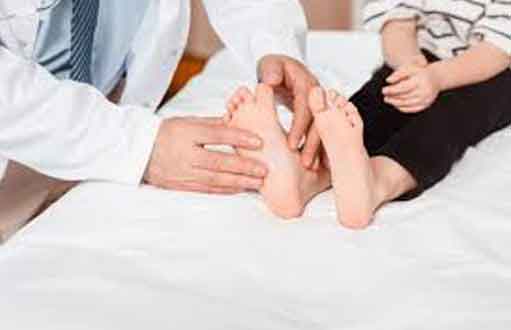
Risk factors for Sever’s disease causing heel pain in kids
Sever’s disease develops and causes heel pain in kids due to factors such as:
Change in the height and weight of the child (particularly during growth spurts)
Type of physical activity the child participates in; Sever’s disease is most common with sports involving a lot of running and jumping, such as basketball, soccer, football, netball, gymnastics
Increase in the volume, frequency, intensity or duration of physical activity that the child is engaged in; such as in the following circumstances, for example:
A child starts training and playing for a sports team (exercise increases to multiple training and game sessions per week)
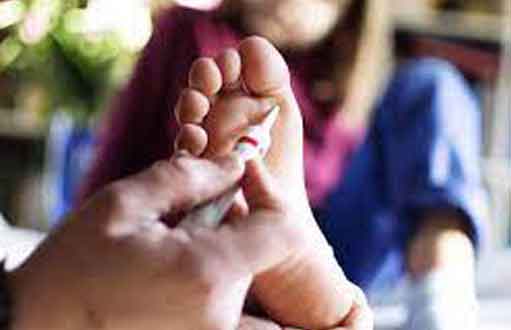
A child is involved in a tournament where multiple games are played in a day or over the course of a few days
There is a crossover in the sports a child participates in one sports season finishes and another immediately begins
The type of shoes worn, or whether the child is playing sport barefoot or in flip-flops
Foot posture and gait: children with flat arches are more likely to suffer from Sever’s disease
Overweight or obesity increases the risk of Sever’s disease.
Other causes of heel pain in kids. Other than Sever’s disease, some other causes of heel pain in kids include:
Bursitis: inflammation of the bursae. Bursae are the small fluid-filled sacs located between structures in the body, whose function is to lubricate moving parts and reduce friction. Bursitis can occur at the back of the heel due to injury, overuse or wearing tight-fitting shoes
Juvenile rheumatoid arthritis: causes swelling and stiffness of the joints, and persistent and restrictive pain
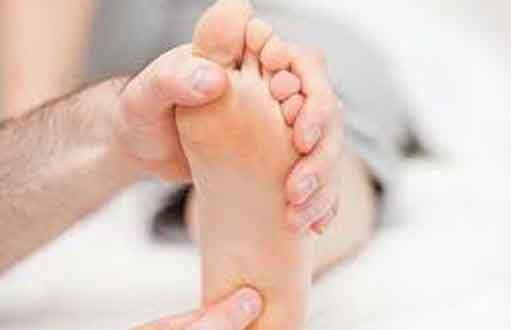
Achilles tendonitis: an inflammatory condition affecting the Achilles tendon at the lower part of the back of the leg, where it attaches to the heel bone. Usually occurs due to overuse in children over 14
Plantar fasciitis: inflammation of the plantar fascia, which is the thick, ligament that connects the heel bone to the toes, along the bottom of the foot. Usually a result of overuse or flat foot posture and often in children over 14
Fractures: can occur from impact from falling on the heel.
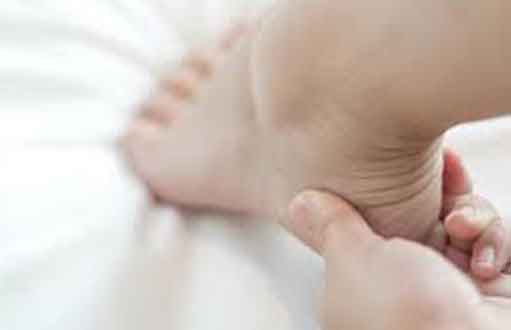
Signs and Symptoms
- Heel pain in one or both heels, which often comes and goes.
- Pain that gets worse with activities, especially with new or strenuous activities.
- Pain may cause limping or walking on toes to avoid putting pressure on the heels.
- Pain that is worsened by running or jumping.
- Pain with pressing on the back of the heel.
- Pain is worse upon waking.
- Severe pain that does not improve or go away with rest
- Fever higher than 101.4 degrees Fahrenheit, taken by mouth
- Severe swelling or redness to the heel
- Pain, swelling and redness in the back or bottom of the heel
- Limping
- Walking on toes
- Difficulty running, jumping, or participating in usual activities or sports
- Pain when the sides of the heel are squeezed
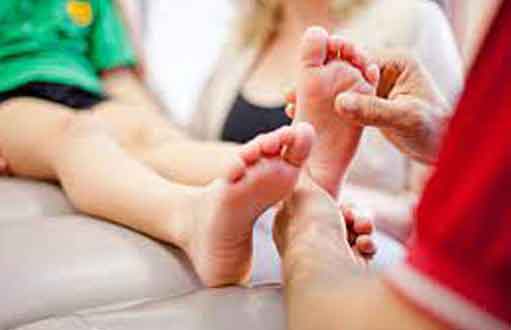
Treatment
It is important a podiatric assessment be performed to rule out other more serious conditions. It is also recommended that early treatment takes place as symptoms can quickly progress without the appropriate steps being taken. At One Point Podiatry a Biomechanical Assessment is performed. During the assessment our podiatrists will obtain a thorough medical history and asks questions about recent activities. Examination for child’s foot and leg will also take place, along with assessment of any potential causative or risk factors. X-rays are also often used to evaluate the condition. Assessment findings are then used to develop a treatment plan specific to the child. Some treatment options may include:
- Rest– Avoid activity that cause irritation and stress to the heel.
- Ice– To ease pain and swelling. Do this for 20-30 minutes every 3 to 4 hours for 2 to 3 days, or until the pain is gone. Do not place ice directly on skin. Put a towel or other cloth between the ice and the skin. Can also use Ice Compression system.
- Compression– compression bandages help to reduce swelling.
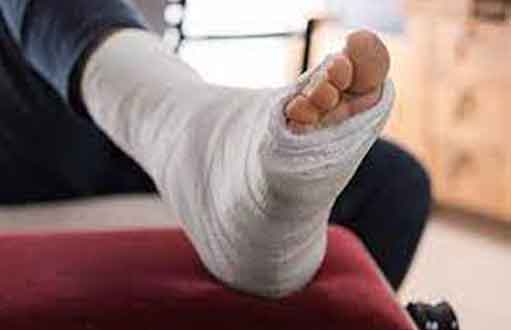
- Elevation– Raising the foot above the level of the heart helps to reduce swelling.
- Physical therapies– Rehabilitation programs help to promote healing and range of motion.
- Anti-inflammatory– Nonsteroidal anti-inflammatory like ibuprofen, naproxen, or aspirin, will help with pain and swelling.
- Immobilization– In some severe cases of heel pain, a cast may be used to promote healing while keeping the foot and ankle totally immobile.
- Adequate footwear– Supportive footwear may also be recommended to stabilize the foot and ankle to reduce stress on the heel bone.
- Taping/Bracing– Taping or bracing can help to stabilize the foot and ankle and reduce excessive stress on the Achilles tendon and heel bone.
- Orthotic therapy: A custom orthotic device placed in the shoe can help stabilize the foot and address possible causative factors such as flat feet.
- Pain Relief: Anti-inflammatory medicines, such as ibuprofen or naproxen can be used as needed for pain and inflammation (swelling). Always give your child these medicines with food. Be sure to read the directions on the bottle to give the correct dosage for your child’s height and weight.
- Footwear: Always wear a well-cushioned pair of supportive shoes. Do not walk in bare feet. In some cases, special gel inserts for the shoe called heel cups may help.
- Stretching Exercises: Stretching the calf muscles can help loosen tight Achilles tendons and help decrease the pull of the tendons on the growth plates. Some easy stretching exercises are shown below. But do in the guidance of pediatric physiotherapist.
Try to do these stretches along with your child. This can make it more fun for both of you and may help your child want to do them.


